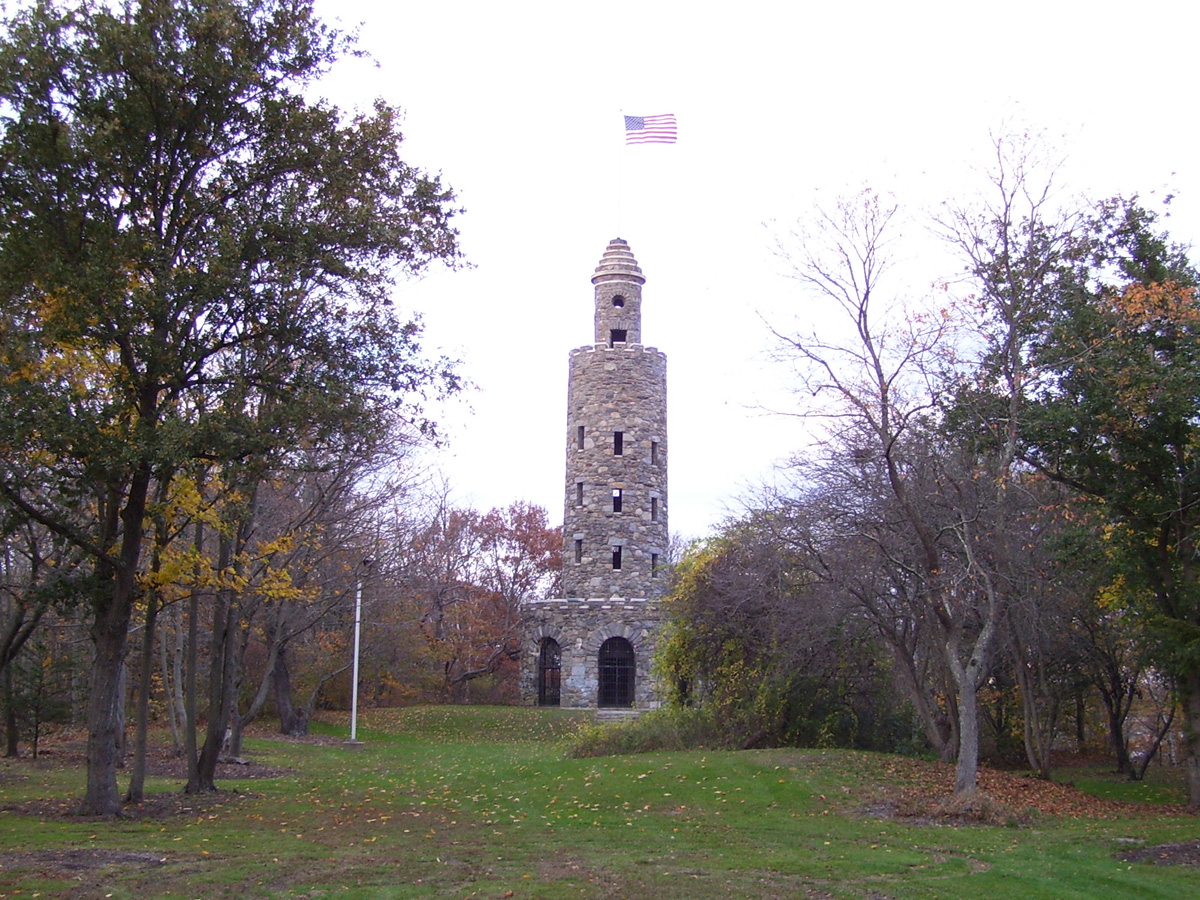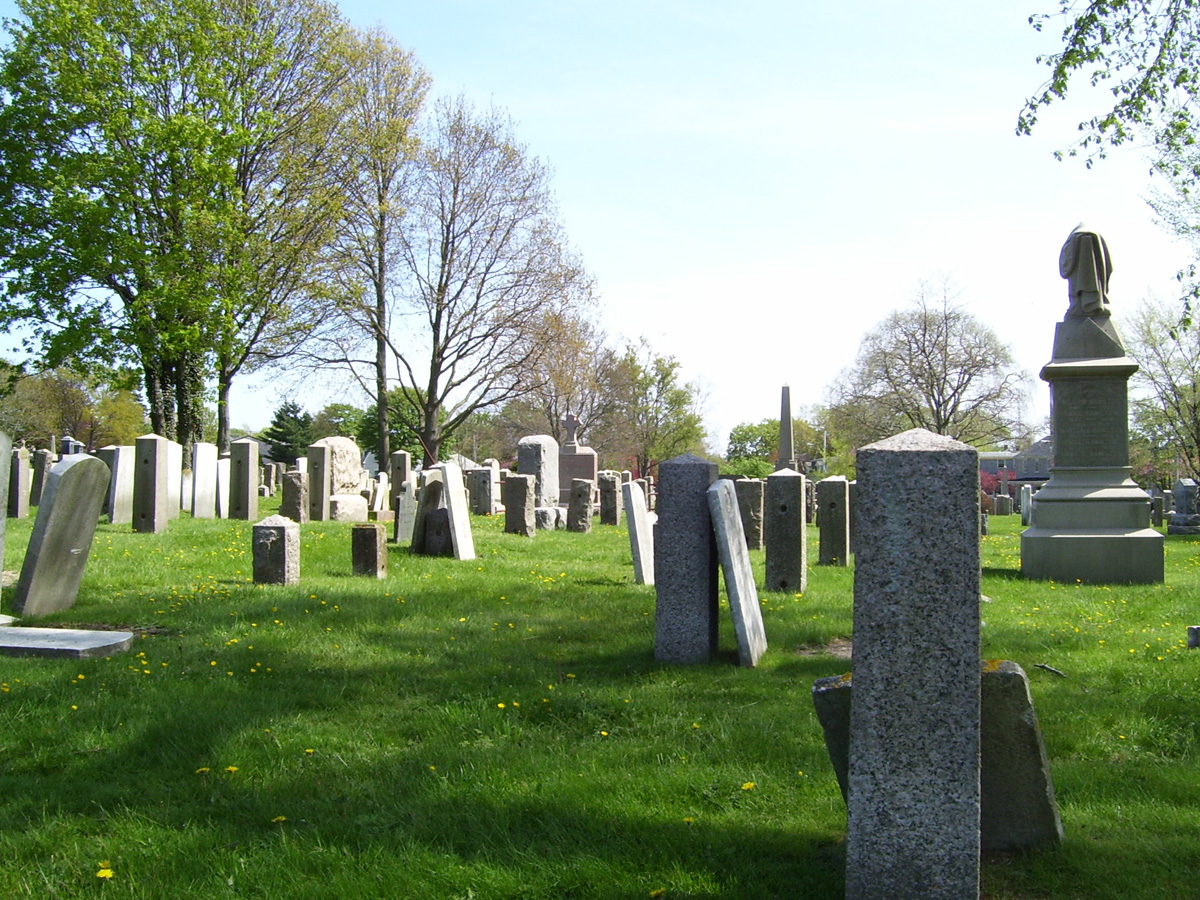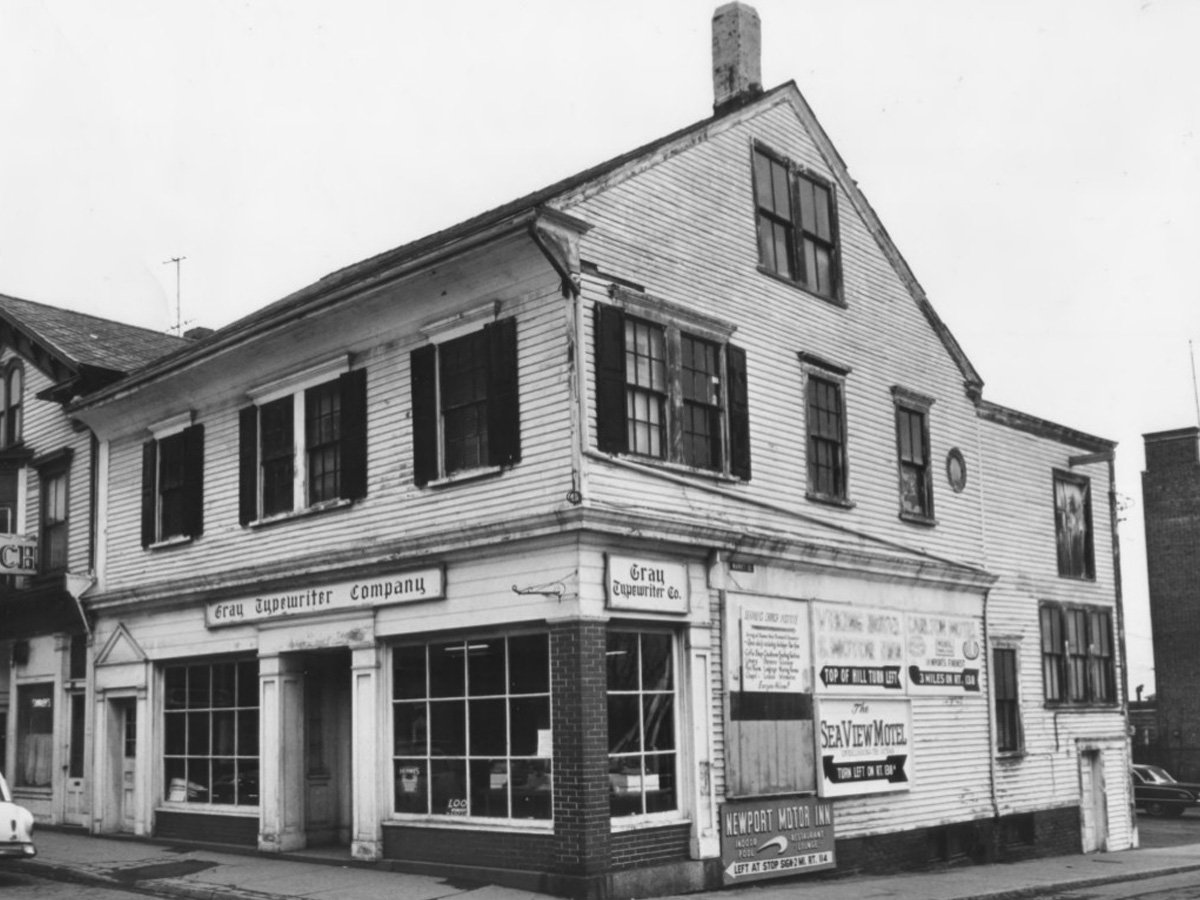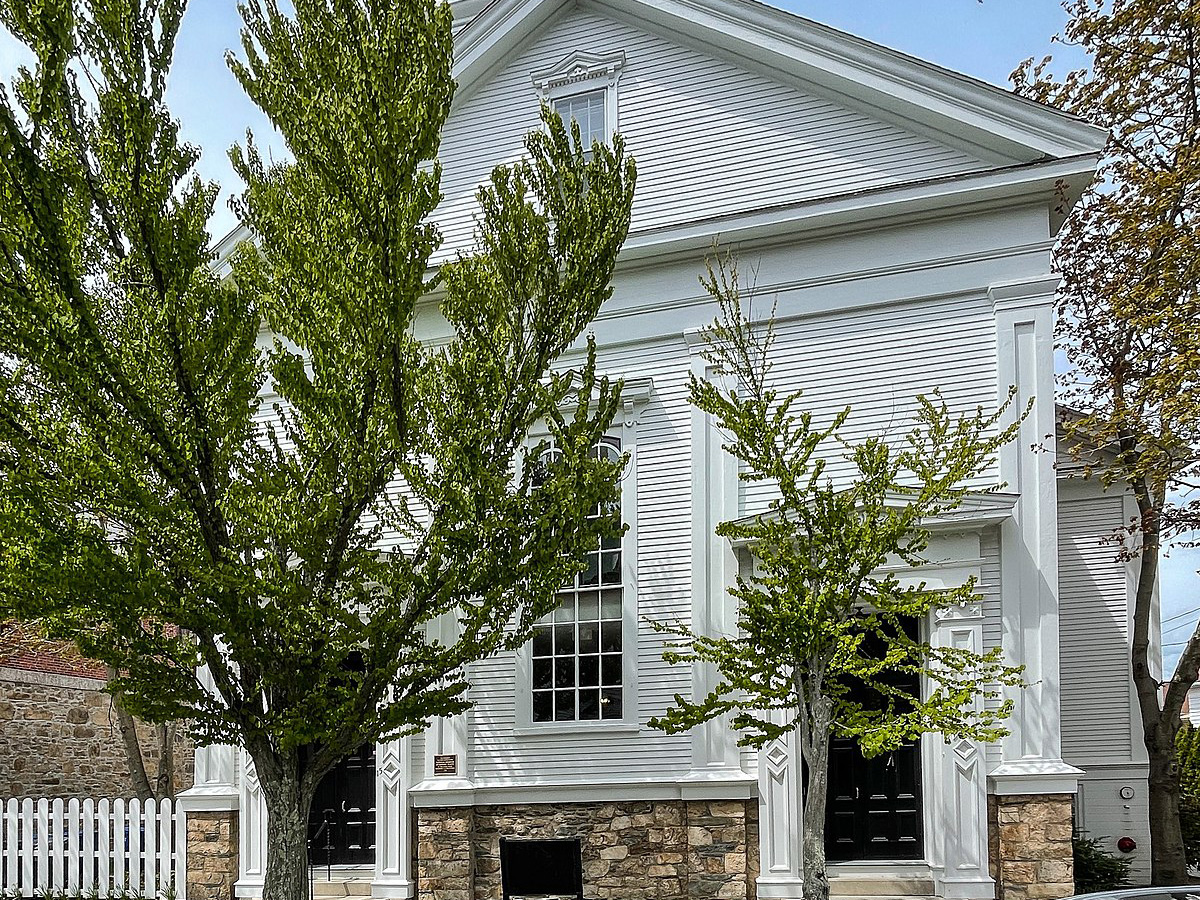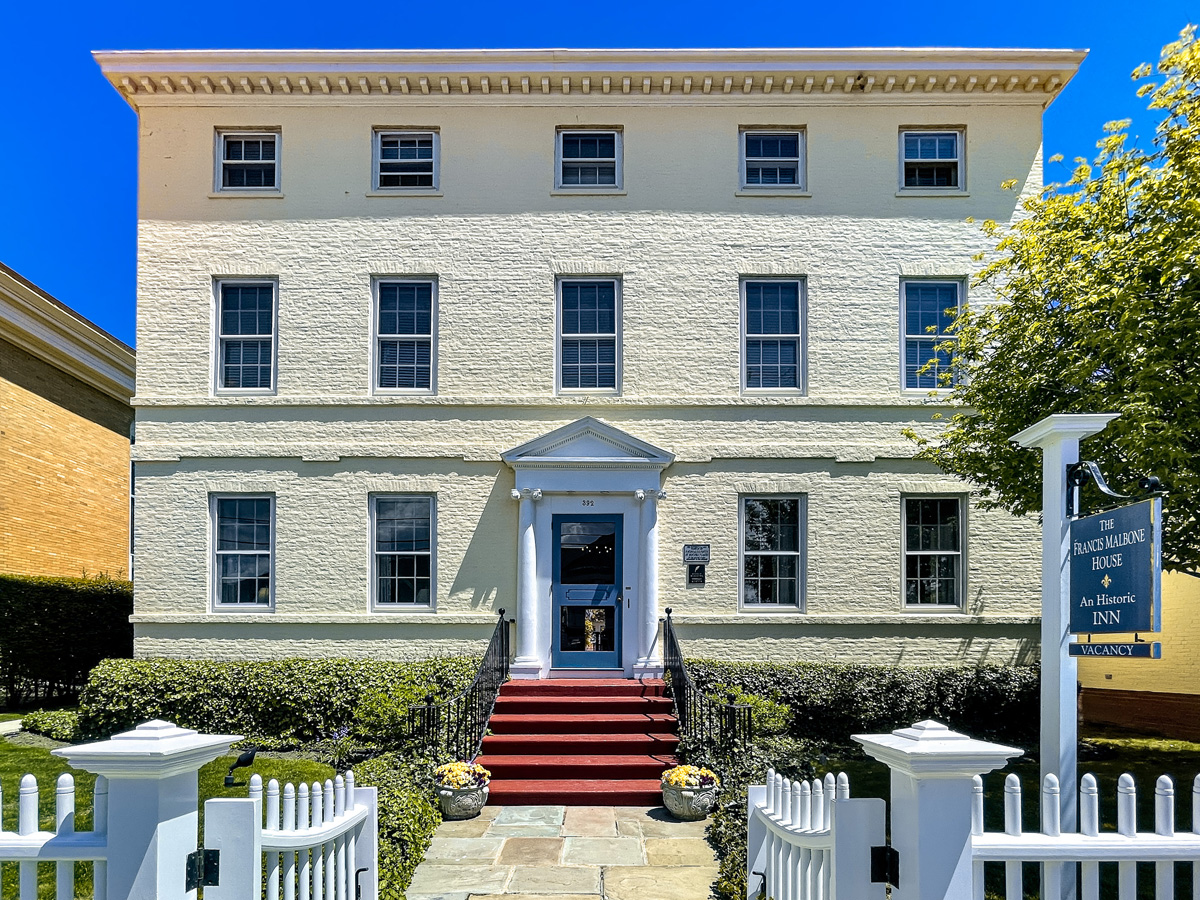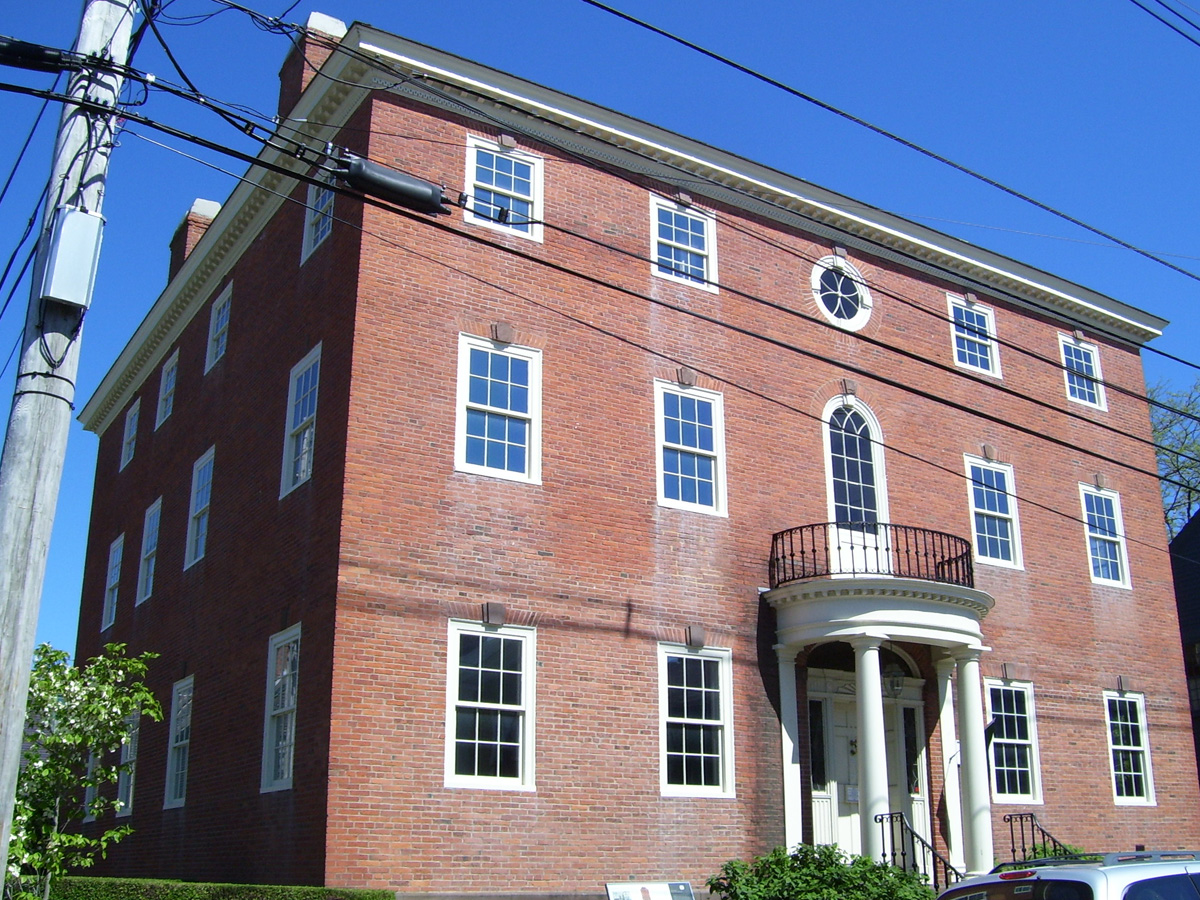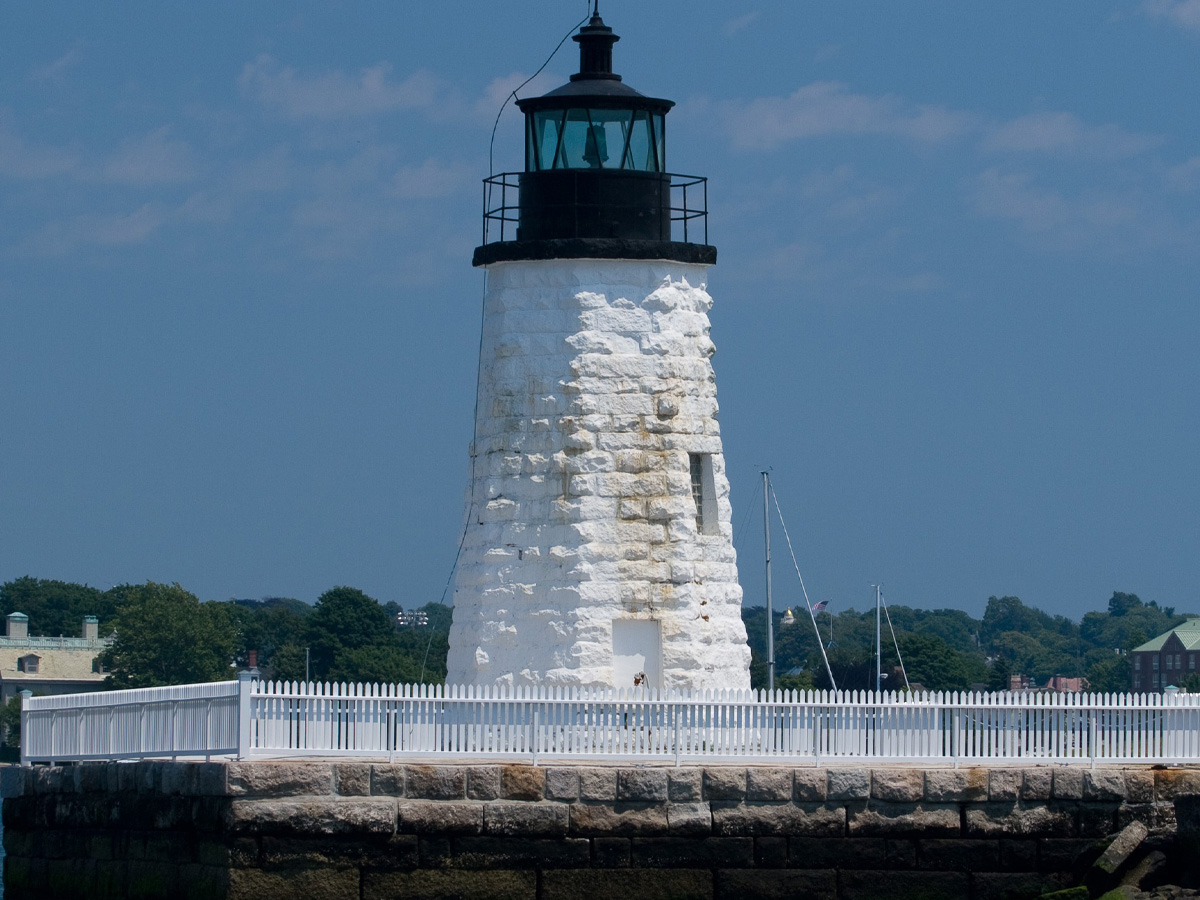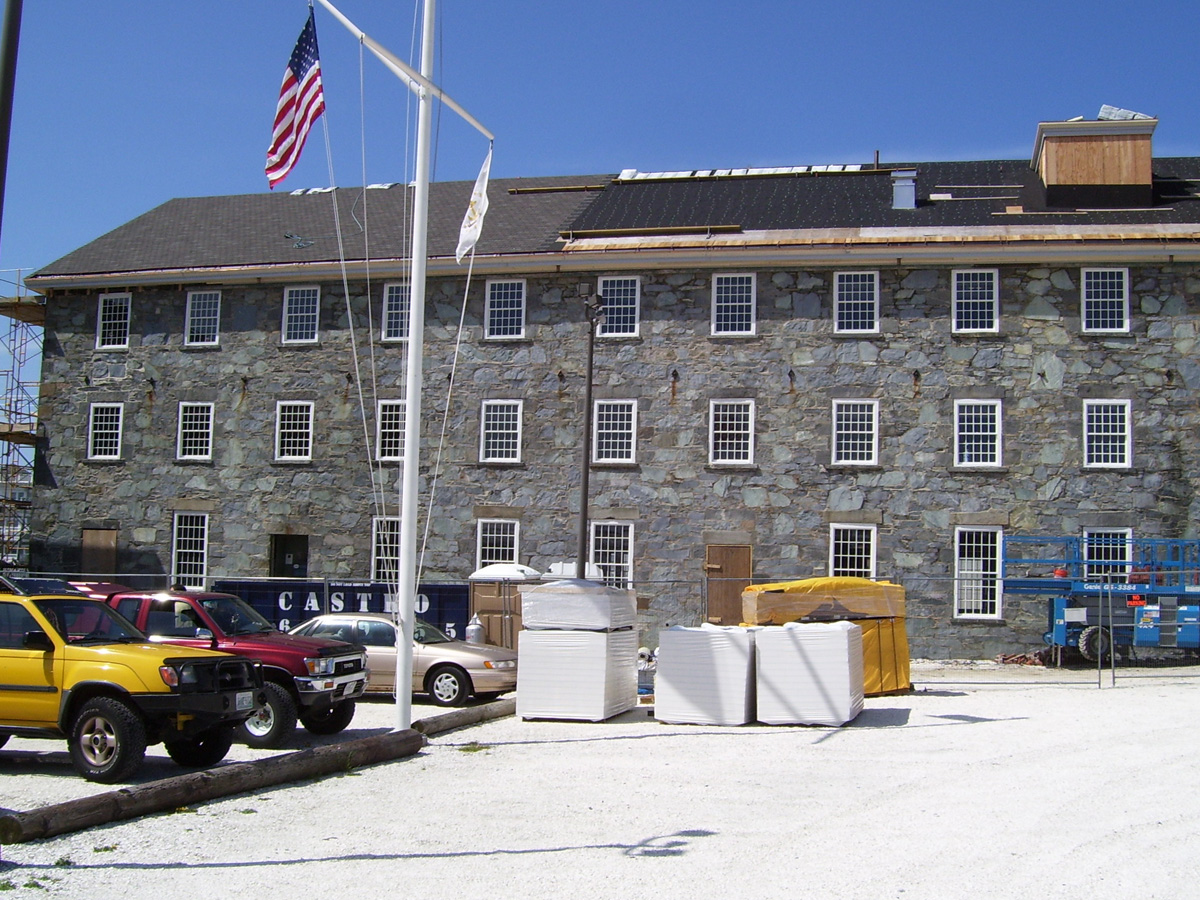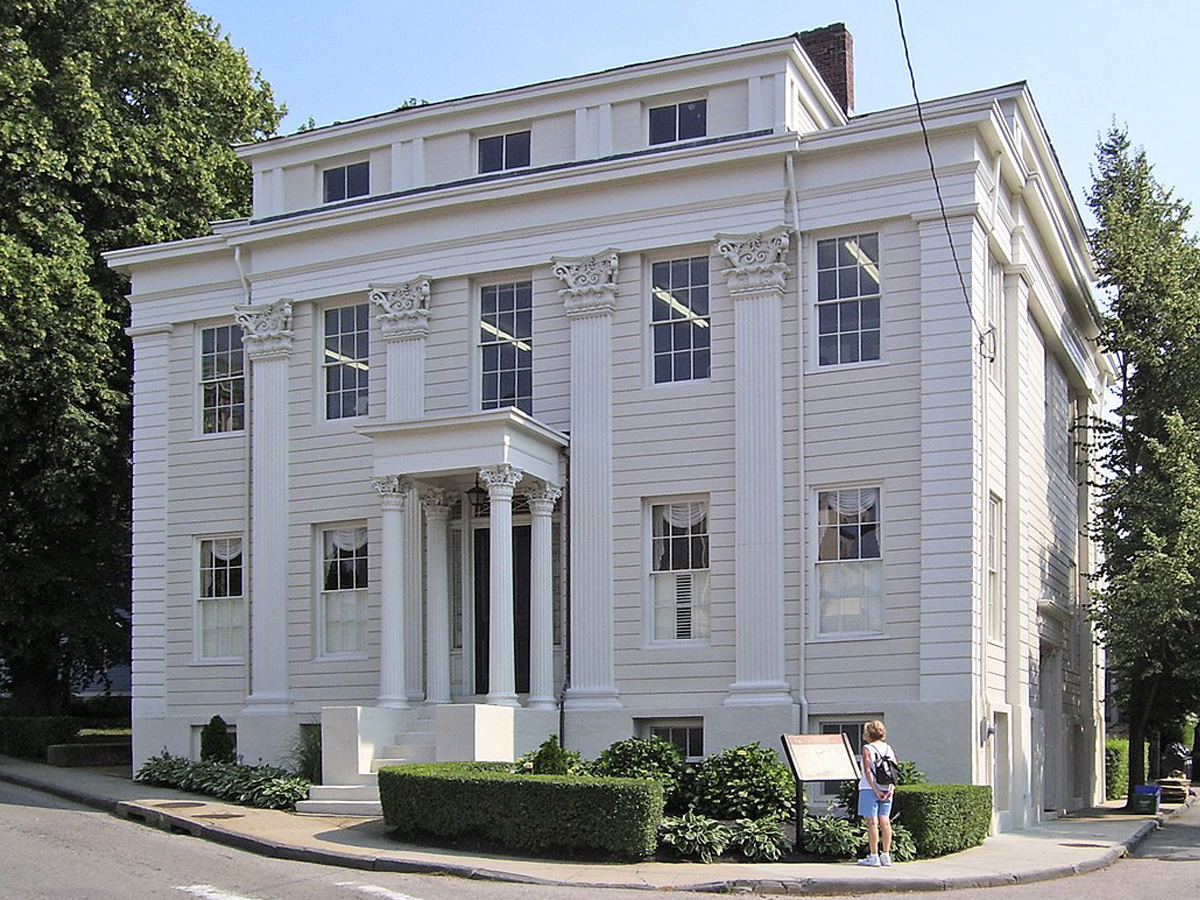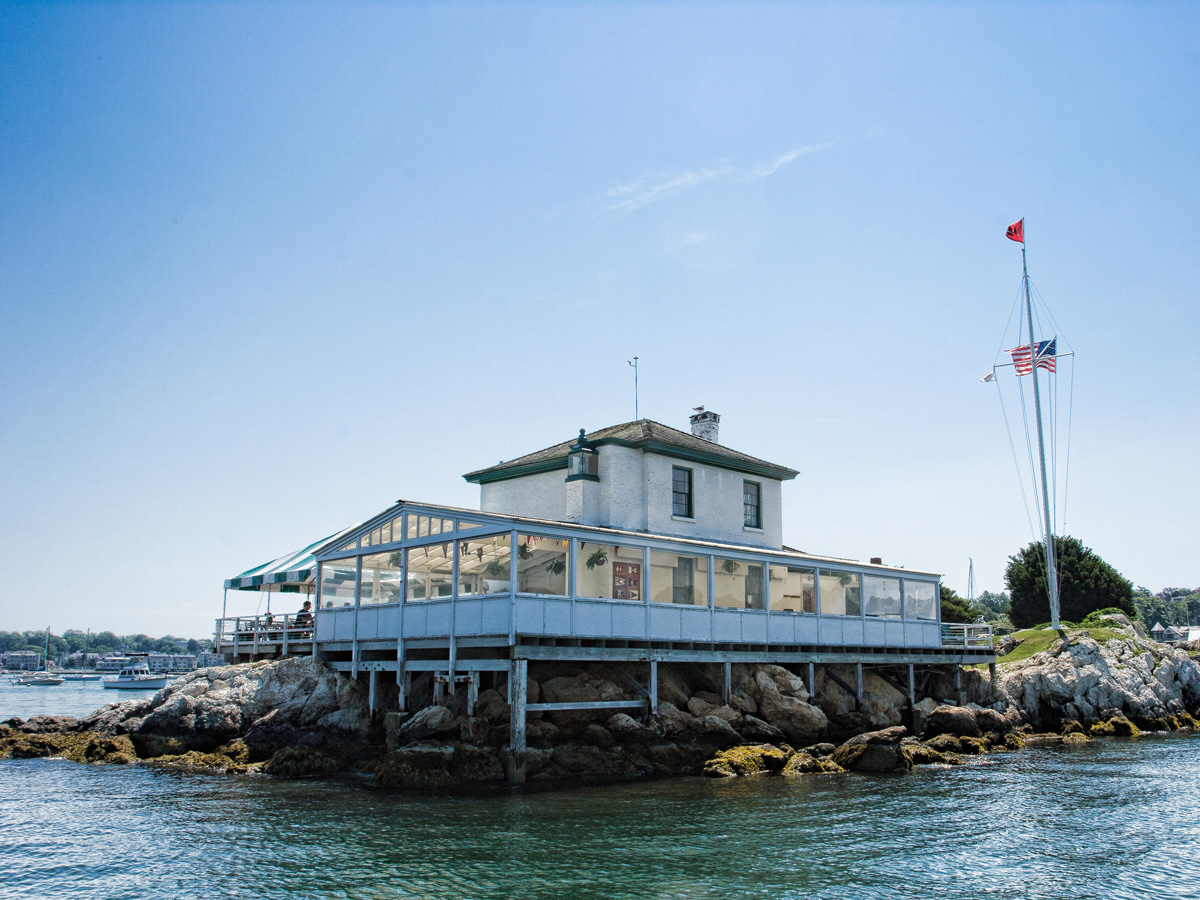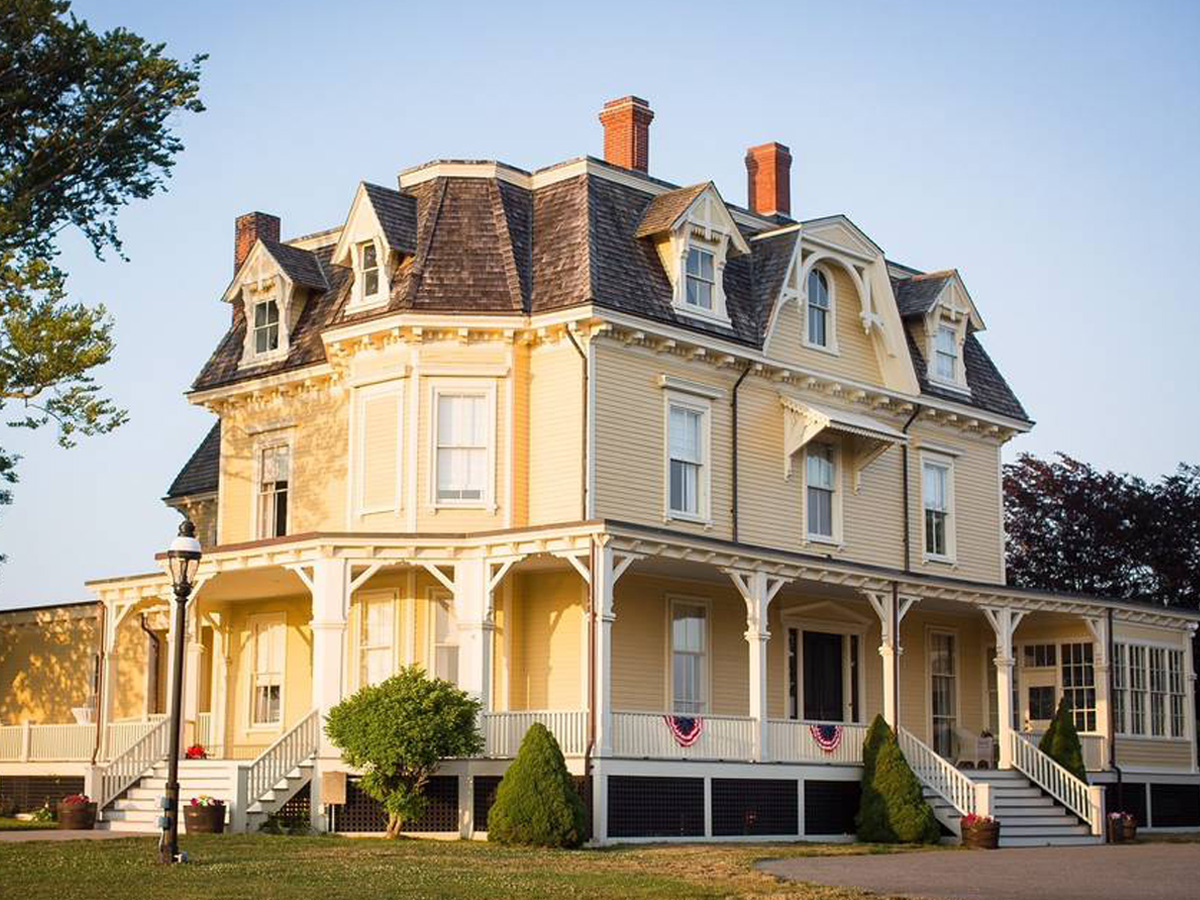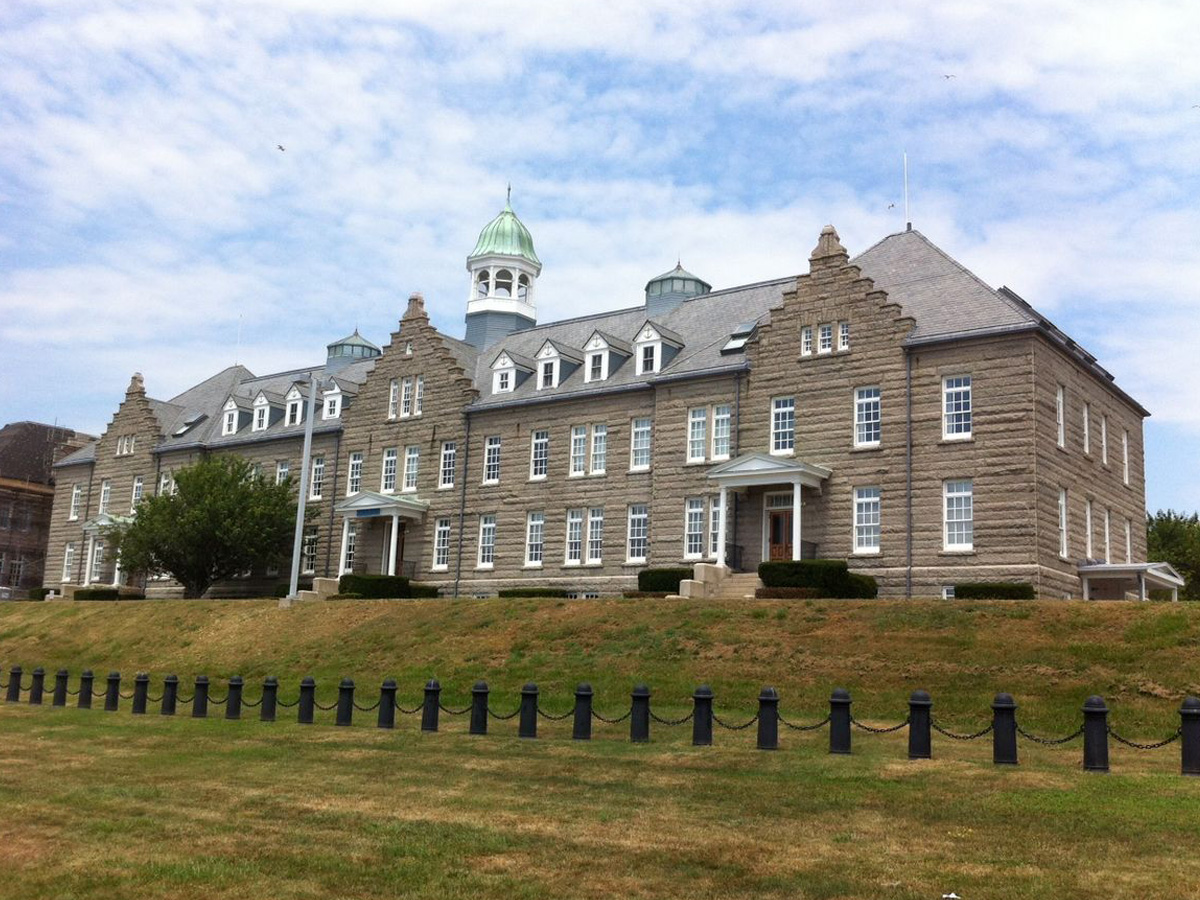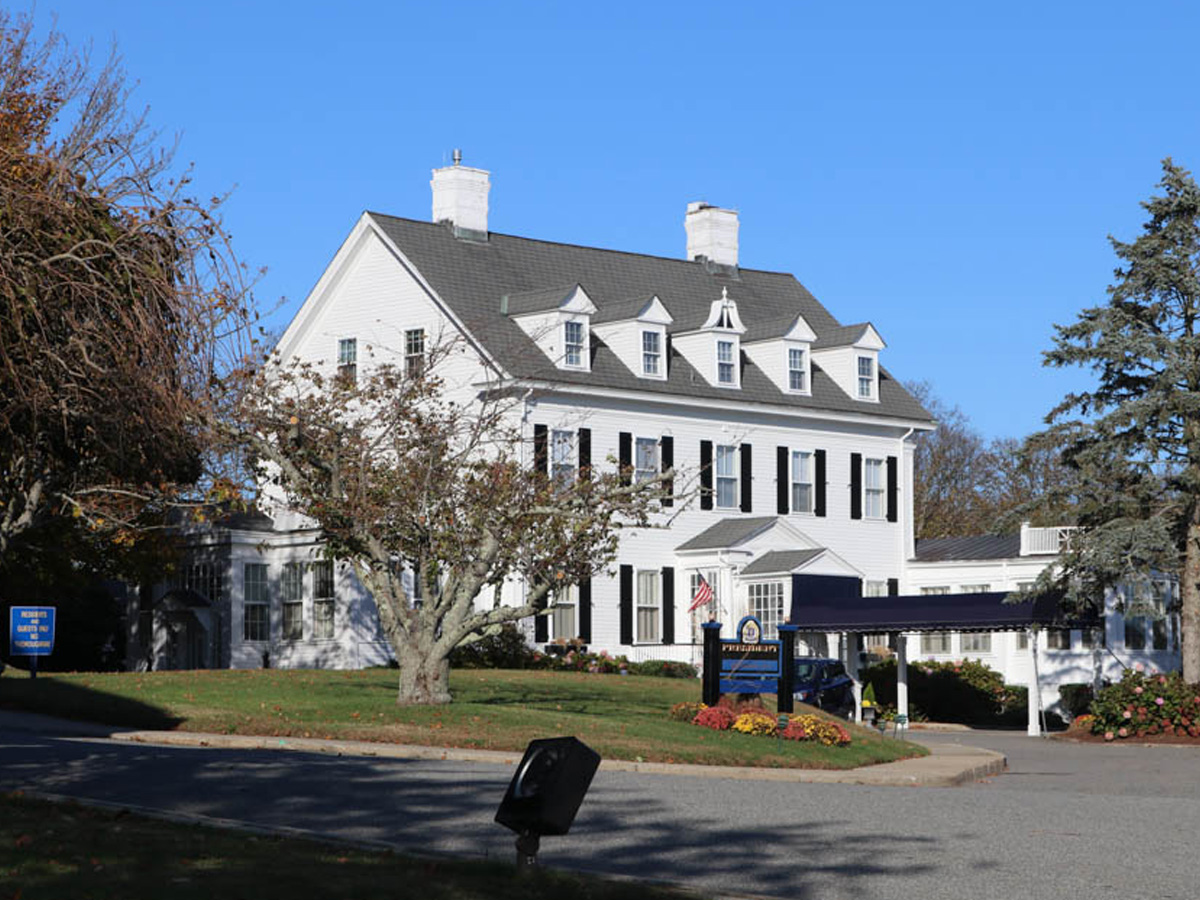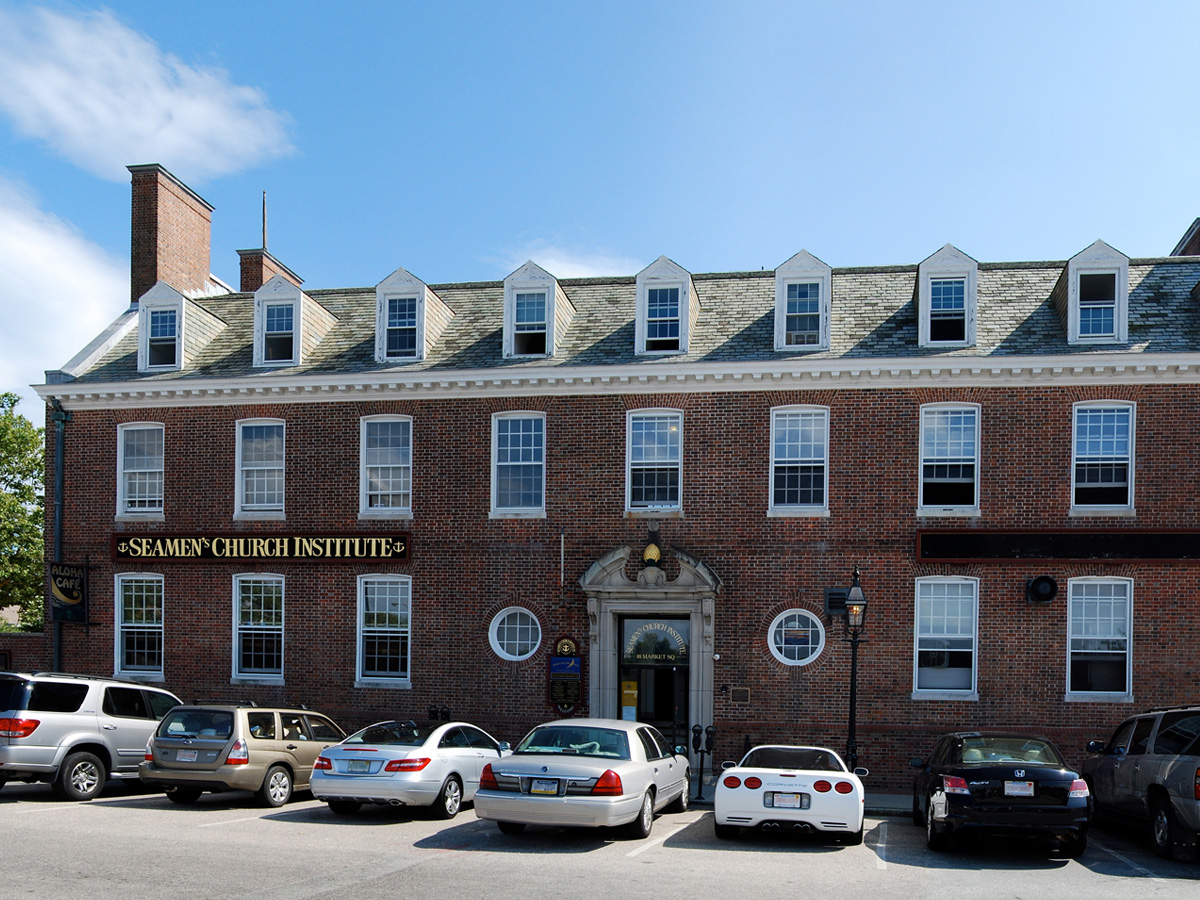As any regular reader of the A4 Architecture blog well knows, Newport, Rhode Island is a city with a rich history dating back to its founding in 1639. At the date of the Declaration of Independence, it was the fifth-most populace city in the American colonies and a major center of trade and commerce. As a result, Newport has a large number of important Colonial Era structures surviving until today.
The city was largely depopulated during the Revolutionary War, but its temperate summer climate and its air of gentility and tradition dating back to its glory days before the Revolution made it an ideal resort community during the Gilded Age (1880-1916). Newport became the place where New York, Boston, and other cities “robber barons” chose to gather during their summers. As a result, a whole new series of magnificent mansions were constructed, including some of the largest and most well-appointed houses ever built in the United States. These buildings added new marvels to Newport’s growing portfolio of magnificent structures. As a result of these two periods of building, Newport now has more National Historic Landmarks in a single square mile and some large states have within 150,000 square miles. The concentration of “Listed” buildings is nearly as high.
This column has often lovingly called Newport the “Metropolitan Museum of Architecture” for the breadth and depth of its collection of important buildings encompassing the colonial times through the early part of the nineteenth century. This audacious claim is based upon the extraordinarily high concentration of buildings all individually listed on the National Register of Historic places. It is supported by University of Virginia architectural history professor Richard Guy Wilson’s declaration in Ron Onorato’s AIA Guide to Newport (2007) that “Per square foot, Newport possesses more great architecture than any other American City.”
The drive to preserve historic places in itself is a relatively recent phenomenon. The first significant mention of the need for historic preservation came in 1935 with the Historic Sites Act, which stated “it is a national policy to preserve for public use historic sites, buildings, and objects of national significance.” Past blog posts have identified the more than twenty National Historic Landmarks that exist in the approximately one square mile of central Newport. Although there are only about 2500 National Historic Landmarks in the entire country, there is another level of building appreciation, and that is being added to the national list of “Historic Places.” While this list has just over 94,000 buildings nationwide, there is a great deal right here in Newport. Even without landmark status, these sites are still beautiful and important buildings that are worthy of care and attention.
Because of the careful preservation of these structures since its founding, Newport is a popular historic tourist destination. It is also known for its beautiful beaches, deep harbor, and charming shops and restaurants as well as its deep-rooted traditions of tennis and sailing. A large number of the buildings and sites in Newport have been designated as National Historic Landmarks (NHLs), been placed on the “List of Historic Places”, or incorporated into Landmark Districts. All these designations recognize the importance of these places in American history and culture.
There are currently 35 Buildings on the list of National Register of Historic Places in Newport:
Miantonomi Memorial Park (Built 1637, listed 1969)
Common Burying Ground and Island Cemetery (Built 1640, listed 1974)
White Horse Tavern (Built c.1670, listed 1972)
Capt. John Mawdsley House (Built c.1680, listed 1983)
Lucas-Johnston House (Built 1713, listed 1971)
Charles Tillinghast House (Built c.1715, listed 1972, sadly demolished in 1972)
Dr. Charles Cotton House (Built c.1725, listed 1972)
The Bird’s Nest (Built c.1725, listed 1982)
Clarke Street Meeting House (Built 1735, listed 1971)
Ezra Stiles House (Built 1756, listed 1972)
John Tillinghast House (Built 1760, listed 1973)
Francis Malbone House (Built 1760, listed 1975)
Touro Synagogue (Built 1763, listed 1966)
Joseph Rogers House (Built c.1790, listed 1972)
Shiloh Church (Built 1799, listed 1971)
Whitehorne House Museum (Built 1811, listed 1971)
Newport Harbor Lighthouse (Built c.1823, listed 1988)
Newport Steam Factory (Built 1831, listed 1972)
Levi H. Gale House (Built 1835, listed 1971)
Artillery Company of Newport (Built 1835, listed 1972)
Perry Mill (Built 1835, listed 1972)
St. Mary’s Church (Built 1848, listed 2008)
Malbone Castle and Estate (Built 1849, listed 1976)
Ida Lewis Rock Lighthouse (Built 1854, listed 1988)
William King Covell III House (Built 1870, listed 1972)
Rose Island Lighthouse (Built 1870, listed 1987)
Eisenhower House (Built 1873, listed 1974)
Charles H. Baldwin House (Built 1877, listed 1971)
Luce Hall (Built 1884, listed 1972)
Castle Hill Lighthouse (Built 1890, listed 1988)
President’s House, Naval War College (Built 1896, listed 1989)
Rosecliff (Built 1901, listed 1973)
Emmanuel Church (Built c.1902, listed 1996)
Army and Navy YMCA (Built 1911, listed 1988)
Seamen’s Church Institute of Newport (Built 1930, listed 1983)
There are also 2 vessels that have achieved the status to be included on this list, even though they are not buildings in themselves. These boats have secured their place in the history of Newport through one of its most interesting sports pass times, competitive sailing.
These two historic vessels included on the National Register for Historic Places are:
The Coronet (Built 1885, listed 2004)
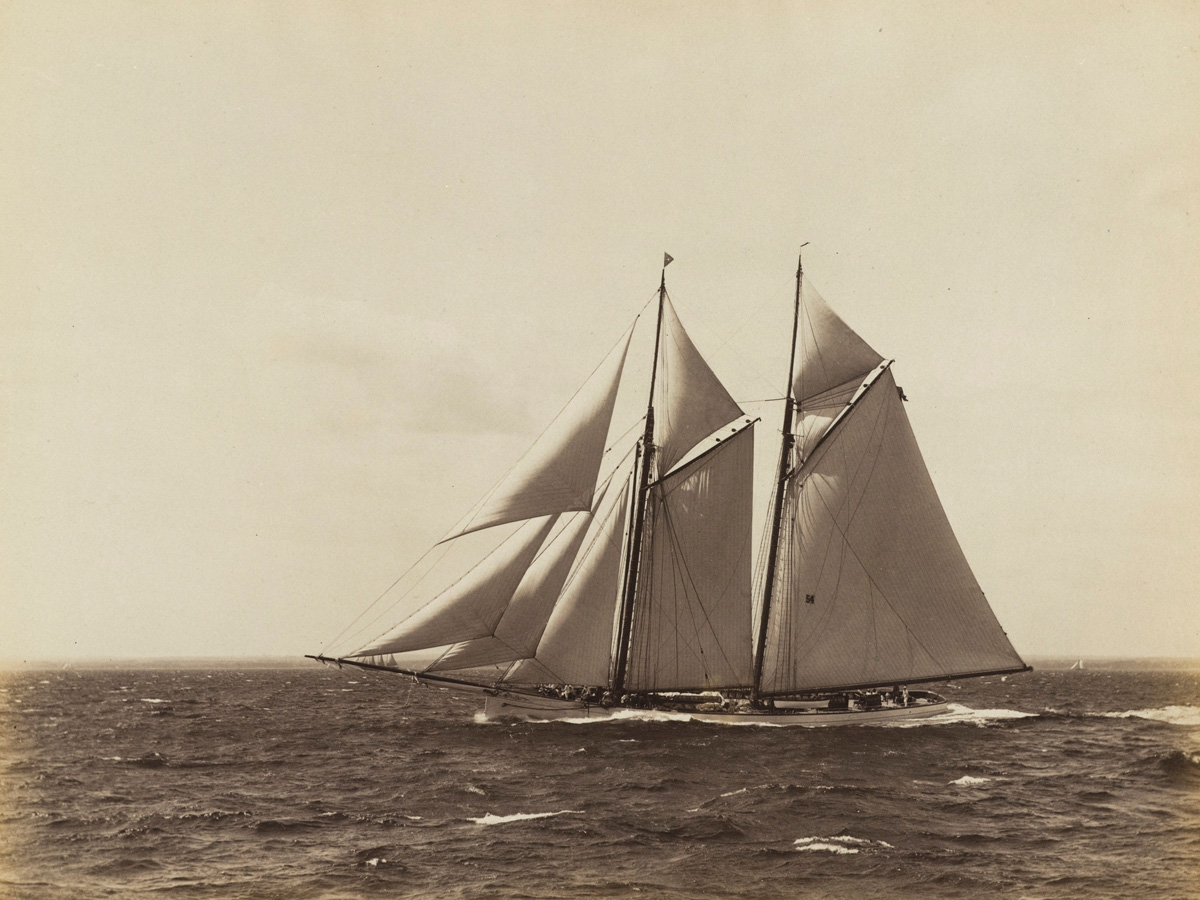
Coronet (Yacht)
The Weatherly (Built 1958, listed 2012)

Weatherly (Sloop)
In addition to these “Listed” buildings and “Landmarked” structures, Newport has 5 historic Districts that are listed as important communities that represent a wide range of American history and culture. They include Colonial areas, neighborhoods of Gilded Age mansions, military fortifications, and a 200-year old educational campus. Each district and collection of structures tells the story of Newport at different periods throughout its history.
Newport reportedly has nearly 600 colonial era structures and so the collection of important buildings goes far beyond the large number of buildings that have been specifically identified either as Landmarks, Listed Structures, or contributing buildings within Landmark Districts. These venerable old structures have become a critical part of the city’s identity and economic future.
Ross Cann, RA, AIA, LEED AP, is an author, historian, and practicing architect living and working in Newport, RI. He holds honor degrees in Architectural History and Design from Yale, Cambridge, and Columbia Universities.

